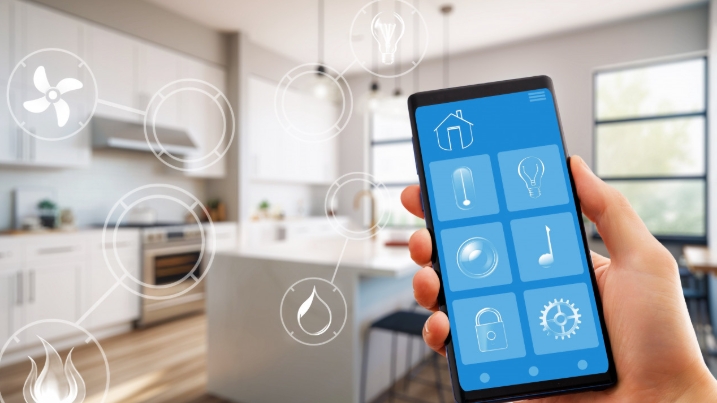Is Your Home Smarter Than You? Tech Trends Revolutionizing Daily Living
Over 40% of U.S. households now embrace smart home devices, reshaping how Americans live with seamless automation, health-focused wearables, and eco-conscious innovation.
Smart Home Ecosystems: Where Convenience Meets Intelligence
The modern smart home is no longer a luxury—it's a lifestyle. Devices like smart thermostats (e.g., Nest) learn user preferences to optimize energy use, cutting bills by up to 20% while reducing carbon footprints. Voice assistants like Alexa or Google Home centralize control, letting users adjust lighting, locks, and appliances with a command. Security systems, such as Ring cameras, provide real-time alerts, slashing burglary risks by 50% in connected homes. Beyond convenience, smart home tech addresses sustainability: solar-powered sensors monitor energy consumption, while leak detectors prevent water waste—critical in drought-prone regions like California. With 68% of Americans prioritizing energy efficiency, smart home adoption is accelerating, turning houses into responsive, eco-friendly hubs.
Wearables: Your Body's Digital Guardian
Wearable tech is redefining health management for U.S. users. Devices like the Apple Watch detect irregular heart rhythms, while Oura Rings analyze sleep patterns through temperature shifts. These tools sync with smart home ecosystems—imagine a fitness tracker triggering your smart lights to mimic sunrise for a gentler wake-up. Employers are leveraging wearables too: companies like UnitedHealthcare report 27% fewer sick days among employees using health-monitoring devices. For aging populations, wearables like fall-detection sensors alert caregivers via smart home hubs, blending safety with independence. With chronic conditions affecting 60% of U.S. adults, these gadgets are shifting healthcare from reactive to preventive.
Sustainability Meets Smart Innovation
Smart home tech is a cornerstone of sustainable living. Energy-efficient appliances, paired with AI-driven grids, reduce household emissions by up to 30%. Solar-powered smart home systems, like Tesla's Powerwall, store renewable energy, while IoT-enabled irrigation systems curb water waste in states like Texas. Beyond the home, circular economy models thrive: startups offer smart home-compatible, biodegradable packaging, and apps track recycling habits. In cities like Seattle, smart home data informs urban planning, optimizing energy distribution and reducing waste. These innovations align with U.S. climate goals, proving sustainability and smart home tech are inseparable partners.
Conclusion
From smart home hubs automating daily tasks to wearables predicting health risks and green tech safeguarding the planet, these trends are redefining modern life. Over half of Americans now interact with smart home devices daily, driving a future where homes are intuitive, health is proactive, and sustainability is effortless. As tech evolves, it's clear: the smart home isn't just a trend—it's the foundation of a smarter, healthier, and greener tomorrow.
